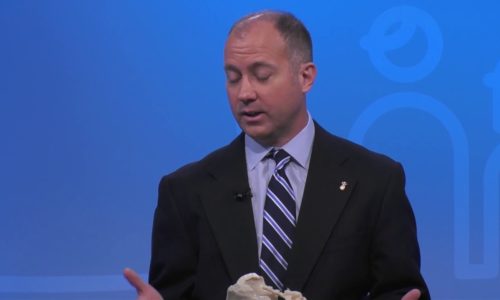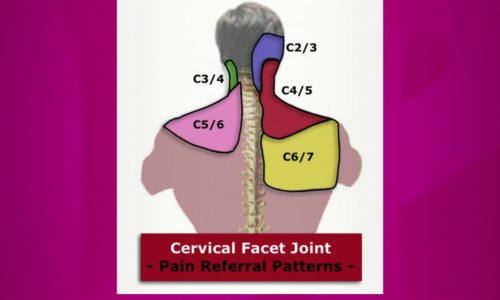Now when we talk about the spine, i love learning about it, i’ve always been fascinating, you know with the spine the vertebra, and how it’s really just you know like our, or it’s like an oak tree if you will, that’s how i kind of see it as, you know and it keeps us healthy, here we have a graphic that shows us different regions of the spine, walk us through doctor, what each one means?, and where you can experience pain because of those numbers there?. > absolutely, i have to agree with you, there’s something really beautiful about the symmetry and the three-dimensional architecture of the spine, we refer to the neck vertebra as the cervical vertebra, so the bones of the neck or the cervical bones, and there are seven of those, and discs separate the bones in the neck, thereby allowing space for nerves to exit the spine, now look nerves leave the brain they go through the spine out into the extremities, and when bones and discs in the cervical spine are changed, or deformed, or injured, this results in pain, in the shoulder, in the arm, upper extremity, even jaw sometimes, now going further down, you see the thoracic vertebra, and that section of the human spine is connected to the ribs, there isn’t a lot of motion in the midsection, and i frequently see patients who have shoulder blade pain, with an mri of the thoracic spine, but 99% of those patients actually have a neck problem, and a neck mri is indicated for shoulder blade pain, the next section down is the lumbar spine section, and that’s essentially the lower back, these are large vertebra and they move quite a bit, when there’s instability in the lower back patients have difficulty arising from chair, or going from laying to seated, and when that nerves exit that section, they go down to the buttocks, the legs, the thighs, the feet, and when nerves in the lumbar spine section i injured they result in sensations such as numbness or even weakness in the lower extremity, so there are five lumbar vertebra, however it is interesting to mention that some patients do have six, some patients have four, so there is some variability to the lower section.








